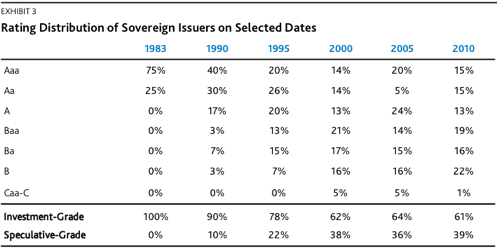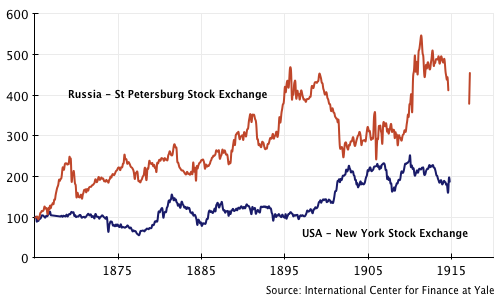Of all the tools we have for valuing the stock market, the cyclically adjusted price/earnings ratio (CAPE) and the equity q ratio are the most credible, with long histories and sound theory behind them. And right now, these suggest that the S&P500 is around 40% overvalued.
This isn’t quite as expensive as the market was in 2000, but it’s up there with other peak valuations over the past century. What’s more, stocks haven’t been consistently cheap for almost two decades, according to the same metrics. Even during the worst of the 2008-2009 panic, the market only briefly dipped below fair value.
That stands in sharp contrast to the usual stockbroker chatter that equities are cheap, but there’s no question which verdict investors should take more seriously. However, the degree and persistence of this overvaluation certainly raises some questions.
Few investors who look at CAPE and equity q seemed to have considered whether these measures could be giving us the wrong signals. But if you dig into the details, it seems very plausible that they could be making the S&P500 look more expensive than it is – although it’s still difficult to conclude that US stocks are cheap.

